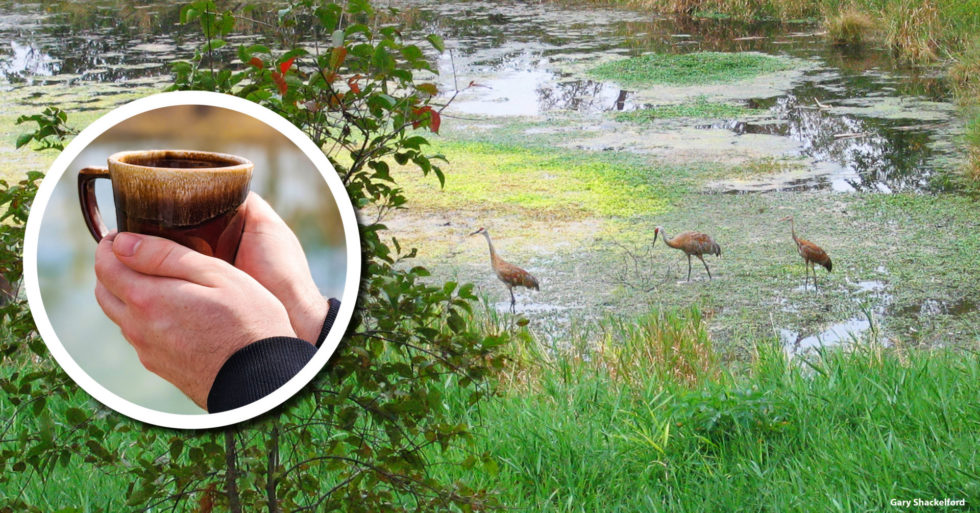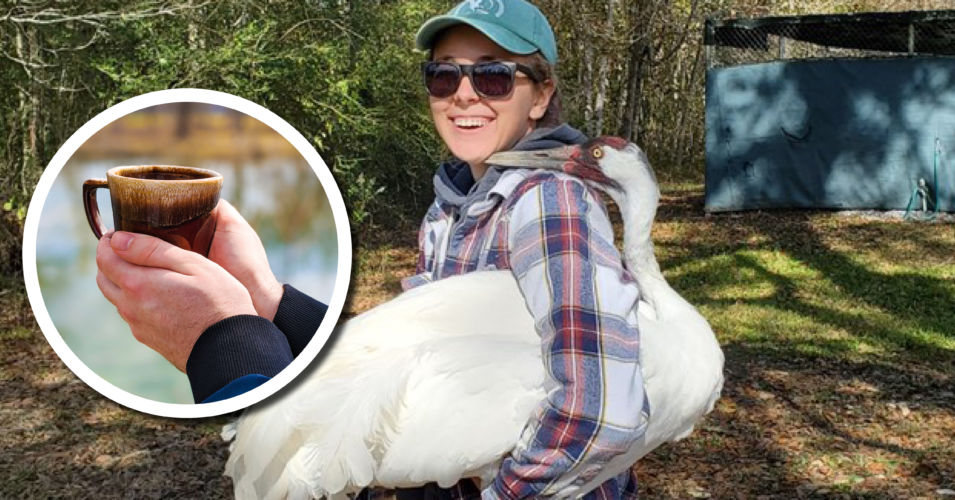The story of the Sandhill Crane (Grus canadensis) is one of true conservation success. Only recently, the species—one of the oldest on the planet—was nearly extirpated (regionally extinct) in the Midwest. Sandhill Cranes are thriving due to a mix of factors, including better wetland protection and management, as well Sandhill Cranes’ shift to agricultural crops after losing their natural grassland habitat. Modern row crop farming practices have created an easy way for cranes to locate food in the form of germinating corn seed during the breeding season, causing significant damage to corn crops. Ryan Michalesko will discuss how the International Crane Foundation is expanding its efforts to find real solutions to support farmers while also protecting cranes and the landscape.
Ryan Michalesko, International Crane Foundation
Recorded October 18, 2024
Ryan Michalesko works as the Landowner Engagement Specialist on the North America Program team at the International Crane Foundation. Through the involvement of farmers and other key parties, Ryan is working to innovate solutions to crop depredation by Sandhill Cranes. He earned his bachelor’s degree in Natural Resources Planning and master’s degree in Natural Resources Policy from UW-Stevens Point.
Related content
Wetland Coffee Break: Sandhill 101: The ecology and behaviors of Sandhill Cranes
Wetland Coffee Break: Whooping crane conservation in Wisconsin




